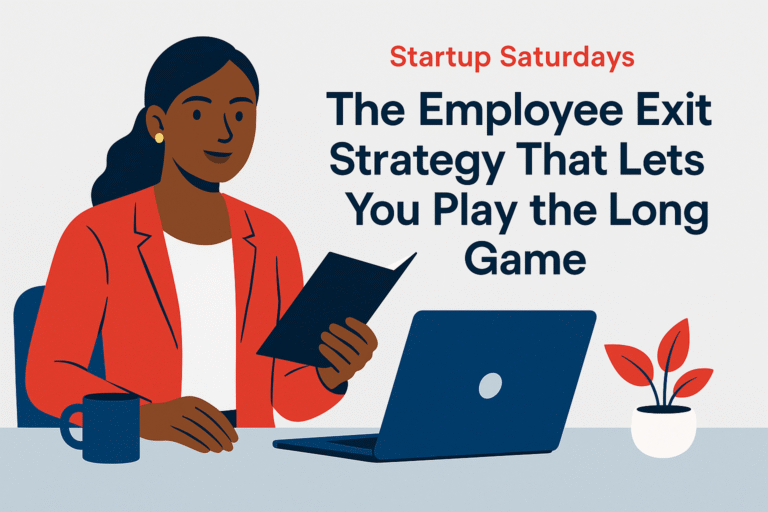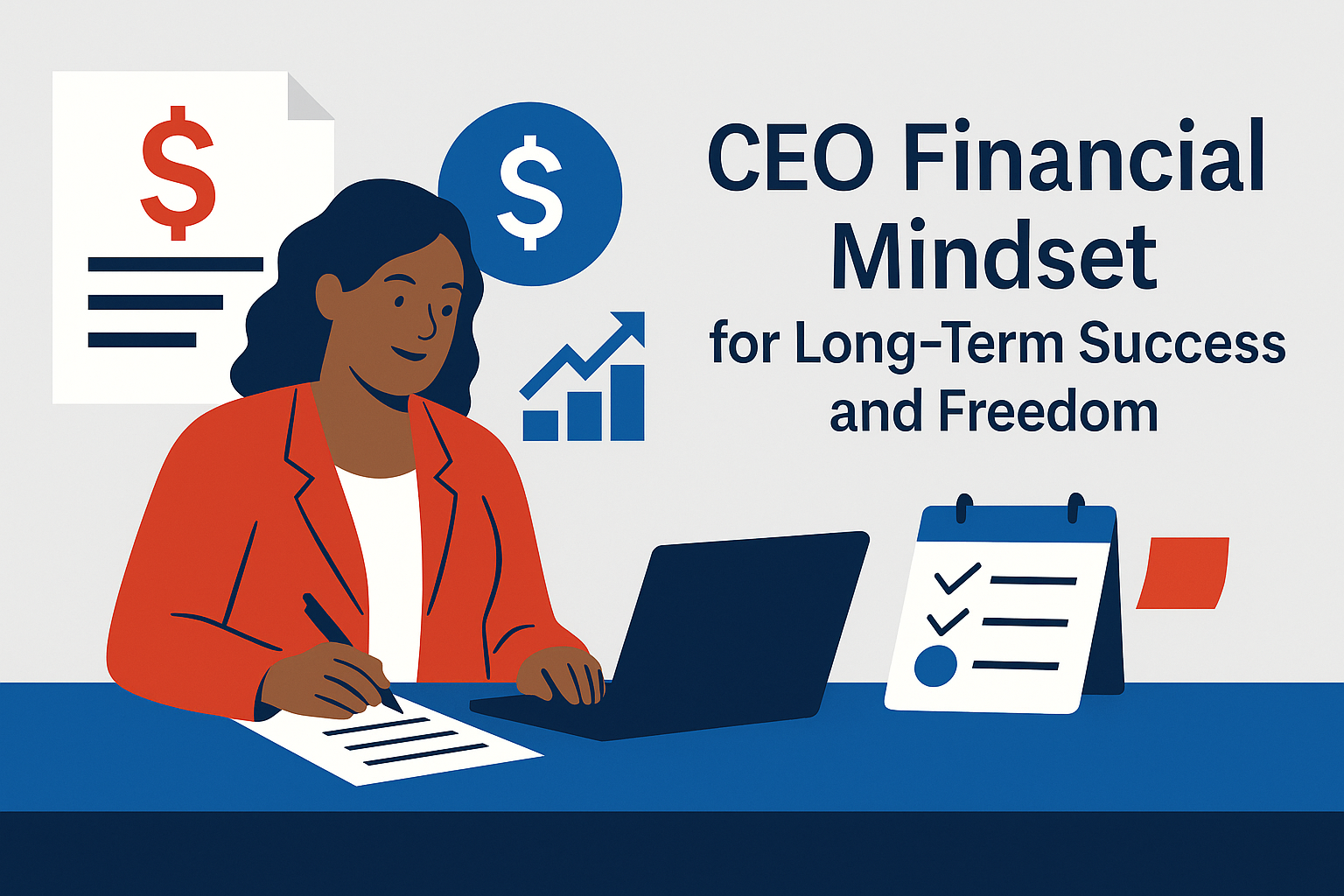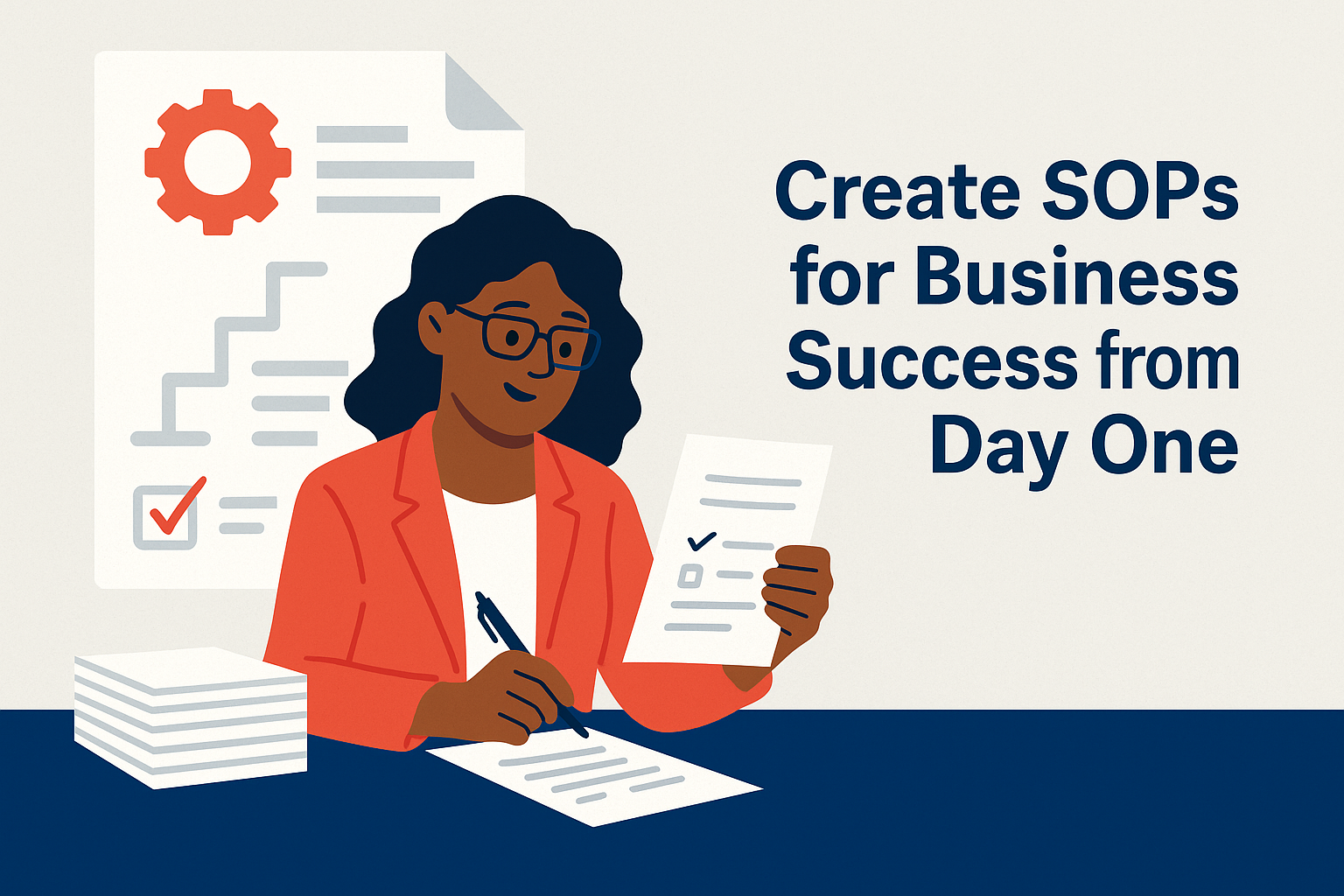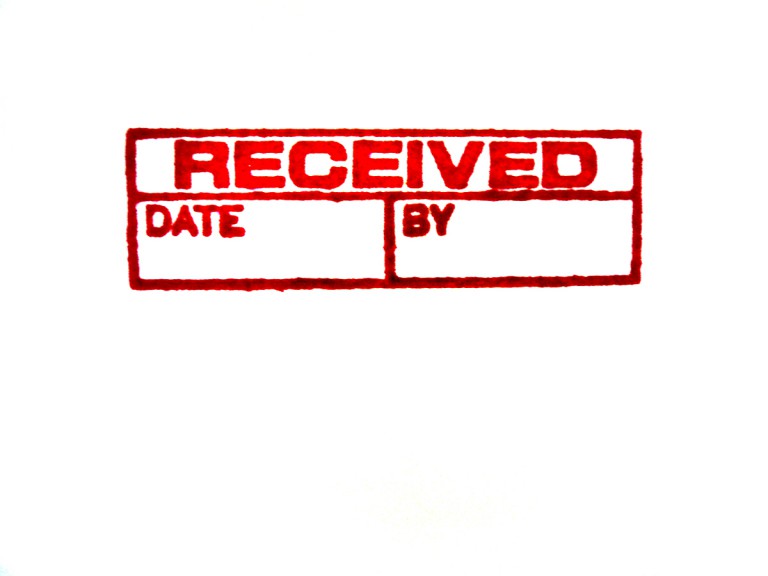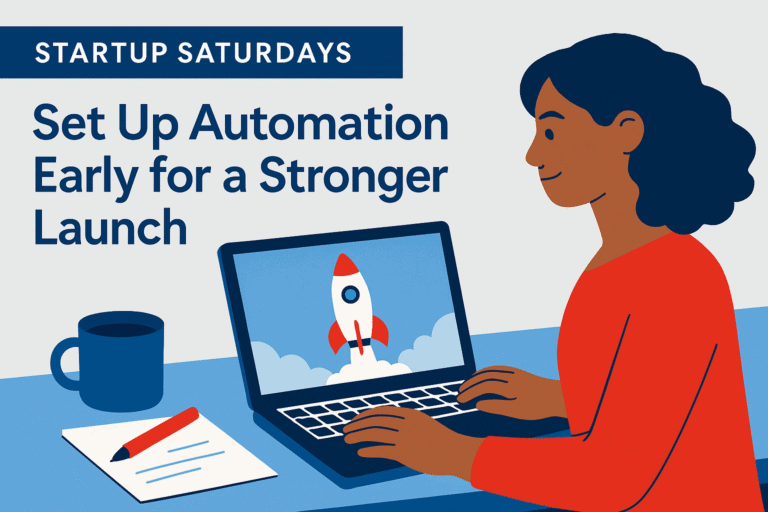CEO Mindset Monday
Solopreneur burnout recovery isn’t just about taking a weekend off or booking a spa day. It’s about facing the truth that doing everything yourself isn’t sustainable—no matter how driven, resourceful, or passionate you are. When you’re the marketer, customer service rep, bookkeeper, and operations manager all rolled into one, your business can start to feel less like freedom and more like a full-time trap.
I know, because I’ve been there. In Backbone America’s early days, I poured myself into every single task—writing blog posts, creating courses, troubleshooting tech issues, answering every email personally—because it was the only way I thought I could do it affordably. I told myself this was just what a determined business owner had to do to make it work. But the truth is, it kept me exhausted, stuck, and too busy to see the bigger opportunities right in front of me.
The reality is that burnout rarely shows up all at once. It creeps in quietly, turning passion into obligation and focus into fatigue. And if you don’t address it early, it will cost you more than time—it will cost you the very energy you need to grow.
The Hidden Price of Control
One of the fastest ways to stall your growth—and drain yourself in the process—is clinging to every piece of control in your business. On the surface, it feels smart: you care about quality, you know your clients, and you’ve built systems in your head that work for you. But under the surface, that “I’ll just do it myself” approach is costing you more than you think.
1. Time Debt That Compounds
Every task you hold onto has a cost beyond the minutes it takes to complete. When you keep doing low-impact work—like manually sending invoices, formatting every blog post yourself, or personally confirming every appointment—you’re paying “time interest” on those tasks. They pile up. You can’t get that time back, and more importantly, you can’t invest it in higher-value activities like creating a new offer or building a marketing system.
2. Opportunity Blindness
The mental space you spend on repetitive work robs you of the clarity you need to see bigger opportunities. I’ve seen this with Backbone America and with clients I’ve worked with—when you’re deep in the weeds, you miss strategic chances that could have doubled your revenue. You’re so busy running the business that you can’t grow the business.
3. Decision Fatigue
Every time you make a decision—big or small—you’re tapping into finite mental energy. Solopreneurs often burn through that energy deciding things that could have been automated or standardized. The result? You hit a wall mid-day, not because the work is hard, but because the sheer volume of micro-decisions has drained your capacity to think strategically.
4. The Health Toll You Don’t See Coming
 Burnout doesn’t just affect your business; it affects your body. My own wake-up call came outside of business—when I ended up in the ER during my teaching years with dangerously high blood pressure. The connection? Constant stress without relief. When you run your business the same way—constantly “on” and unable to step away—the same physical consequences can catch up with you, sometimes without warning.
Burnout doesn’t just affect your business; it affects your body. My own wake-up call came outside of business—when I ended up in the ER during my teaching years with dangerously high blood pressure. The connection? Constant stress without relief. When you run your business the same way—constantly “on” and unable to step away—the same physical consequences can catch up with you, sometimes without warning.
Recovering from burnout isn’t just about rest—it’s about eliminating the conditions that caused it. That means accepting that holding onto everything yourself is a slow form of self-sabotage. Every minute you cling to control in the name of quality or cost savings is a minute you’re trading away from the work that could actually move you forward.
Recognizing the Early Signs of Burnout
Burnout rarely comes crashing through the door. It sneaks in, camouflaged as “just a busy season” or “how things are right now.” The earlier you spot it, the faster you can make course corrections that save both your health and your business momentum.
1. Your Creativity Feels… Flat
It’s not that you’ve lost your passion—it’s that your mental energy is so fragmented you can’t access it. You stare at a blank screen longer, default to the same safe ideas, and find yourself recycling old content because the thought of starting fresh feels heavy.
Why it matters: Creativity is your competitive edge as a solopreneur. When it’s dulled, your offers, marketing, and problem-solving all stagnate.
2. You’re Always “On” But Never Ahead
You’re responding to emails at 10 p.m., tweaking a landing page before breakfast, and answering client messages in the grocery line. Yet despite constant effort, your to-do list never shrinks.
Why it matters: This is a sign your business is running you, not the other way around. The fix isn’t more hours—it’s building a system that works without you hovering over every task.
3. Decision-Making Feels Like Wading Through Mud
Things you used to decide quickly—pricing a project, saying yes or no to a collaboration—now feel like mental marathons.
Why it matters: This is decision fatigue at work, and it’s a hidden productivity killer. The longer it goes unchecked, the more you’ll avoid the very decisions that could accelerate your growth.
4. You’ve Started Resenting the Work You Used to Love
It might be subtle—a sigh before opening your inbox, a knot in your stomach before a client call—but it’s there.
Why it matters: Resentment is a signal, not a failing. It means something in your workload or workflow needs to change before you hit a full stop.

The Upside of Spotting Burnout Early
Here’s the good news: burnout isn’t a point of no return. If you catch these signs early, you can pivot before the damage sets in. When I noticed my own “flat creativity” phase creeping in during a particularly packed quarter of Backbone America, I used it as a trigger to automate repetitive tasks and hand off low-value admin work. Within weeks, I was back to building programs I was excited about, instead of feeling trapped by the daily grind.
Burnout recovery isn’t about stepping away from your business entirely—it’s about redesigning it so it fuels you instead of draining you.
Why Letting Go Feels Risky (and How to Shift Your Mindset)
If you’ve been a solopreneur for any length of time, you’ve probably felt the tension between wanting help and fearing what will happen if you hand something over. That tension isn’t imaginary—it’s rooted in the way most of us start our businesses: with limited resources, high stakes, and a deep belief that “no one will care as much as I do.”
But here’s the catch: the very control that protects your business in the early stages can become the thing that holds it back later.
The Risks We Imagine vs. The Risks We Overlook
Imagined risk: “If I delegate, quality will drop.”
Reality: Without systems, quality will eventually drop because you’re stretched too thin to give every task the attention it deserves.Imagined risk: “It’s cheaper if I just do it myself.”
Reality: The real cost is lost opportunity—those hours could have gone to activities that actually grow your revenue.Imagined risk: “Clients will leave if I’m not personally involved in everything.”
Reality: Clients leave faster when deadlines slip, communication slows, or the quality they expect becomes inconsistent.
Shifting from Protector to Architect
Letting go isn’t about walking away—it’s about redesigning your business so it can thrive without you micromanaging every detail. That’s the shift from protector to architect:
Protectors guard every task, often at their own expense.
Architects design workflows, automation, and partnerships so the business delivers quality consistently without constant personal oversight.
When I relaunched Backbone America, I approached it as an architect. Instead of holding onto every small task “for quality’s sake,” I built processes that anyone could follow. I used automation to handle lead follow-up, content scheduling, and client onboarding. The result? I had more time for high-impact work—like designing programs and building partnerships—without sacrificing the standards I care about.

The Mindset Question That Opens the Door
Instead of asking, “Can I trust someone else to do this as well as I can?” start asking, “How can I design this so anyone I trust can do it well?”
That one shift removes the emotional weight from delegation and focuses your energy where it belongs—on building a system that works.
Small Steps Toward Solopreneur Burnout Recovery
Burnout recovery doesn’t happen in one sweeping overhaul—it happens through small, intentional steps that lighten your load and restore your energy without grinding your business to a halt. Here’s how to start this week.
1. Choose One Task to Hand Off or Automate
Don’t overhaul everything at once. Pick one task that drains you but doesn’t require your unique expertise—like formatting blog posts, sending client reminders, or updating your calendar.
If you’re outsourcing: Write a quick process outline so someone else can follow it without needing you every five minutes.
If you’re automating: Use tools you already have access to. In my case, I lean on Zoho One to handle repetitive admin like email follow-ups and lead tracking.
2. Create a “Ready-to-Delegate” Folder
Whenever you find yourself doing a task that could be outsourced, save any related files, templates, or instructions in one folder. That way, when you do hire help, you’re not scrambling to explain everything from scratch.
3. Block a “Recovery Window” on Your Calendar
One of the fastest burnout fixes is creating an actual gap in your week—not for catch-up work, but for recovery. Whether it’s two hours on a Friday afternoon or a full morning mid-week, treat it as non-negotiable. This is time for restoration. That might mean taking a long walk, reading something purely for enjoyment, having lunch with a friend, or even doing absolutely nothing for an hour. For me, I like to spend time at the movie theaters on weekends. In the theater—cell phones off—there’s nothing to do but enjoy the movie.
4. Build Recovery Into Your Systems
Think of recovery as part of your workflow, not something you earn after working yourself into the ground. That could mean batching social media posts so you’re not scrambling daily, setting up recurring payment reminders, or using a booking system so client calls don’t eat into your best work hours.
When I started designing my business this way, the impact was immediate. I didn’t just get more time—I got better time. The kind of time where you can think clearly, plan strategically, and create without feeling like you’re behind before you start.
Rebuilding Energy Without Losing Momentum
Burnout recovery isn’t just about taking a breather—it’s about creating a way forward where your energy naturally sustains itself. The goal is to restore your drive while keeping your business moving, so you don’t end up in the same spot six months from now.
1. Protect Your Peak Hours
Figure out when you do your best thinking—whether that’s early morning or late at night—and guard those hours fiercely. Use them for high-impact, creative work, not admin. By front-loading your day (or week) with the tasks that move the needle, you keep momentum without pushing yourself into overdrive.
2. Let Automation Do the Heavy Lifting
Every repetitive task you remove from your plate is energy you get back. For me, automating lead follow-up, appointment scheduling, and recurring client communications through Zoho One turned hours of manual work into a background process. That freed up my focus for strategy and client relationships—work that actually fuels me instead of draining me.
3. Rotate, Don’t Grind
Recovery isn’t a single destination—it’s a cycle. Build variety into your workweek so you’re not using the same mental muscles nonstop. That might mean alternating between strategy, delivery, and creative work instead of batching all of one type in a marathon session. Variety keeps your brain engaged and helps prevent the mental fatigue that leads to burnout.
4. Revisit Your Capacity Every Quarter
Businesses evolve, and so does your energy. Set a recurring check-in—once a quarter—to ask: What can I stop doing? What can I streamline? What can I hand off? This keeps your workload aligned with your actual capacity and stops burnout before it builds.
The World Health Organization’s definition of burnout offers a useful framework for recognizing and addressing it early. Pairing awareness with systems is the most reliable way to stay in the recovery zone.
Final Thoughts on Solopreneur Burnout Recovery
Burnout isn’t a sign you’ve failed—it’s a signal that your business needs to work differently. The sooner you answer that signal, the sooner you can get back to the reason you started in the first place: more freedom, more impact, and a business that supports your life instead of consuming it.
Letting go of control doesn’t mean letting go of your vision. It means building a structure that protects your energy, delivers consistent results, and creates room for your best work to shine. When you design your business this way, you’re not just recovering—you’re future-proofing.
If you’re ready for practical, proven ways to build a business that grows without burning you out, I share strategies, tools, and behind-the-scenes insights in my weekly emails that you won’t find on the blog. They’re built for mid-career entrepreneurs who want to work less, build smarter, and finally create the freedom they’ve been aiming for.
Join the list here to get guidance you can put into action right away—so your next stage of growth is built on energy, clarity, and momentum.


